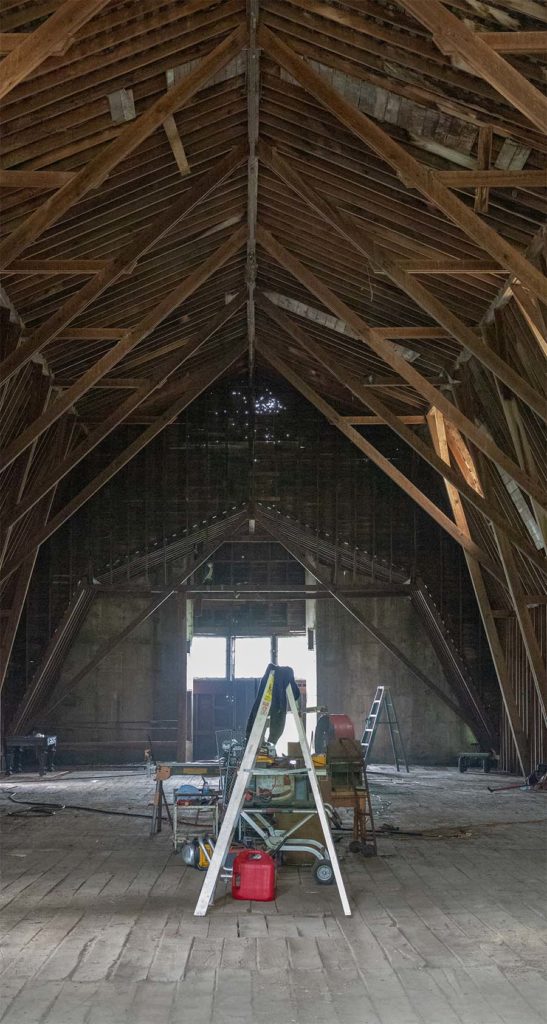As a seasoned economic developer, Wabash Valley Power Alliance’s Brian Anderson has been involved with dozens of projects, including “some pretty gnarly buildings over the years with cleanups and rehabs.”
But there’s something special—almost otherworldly—about one of those “gnarly” properties, an abandoned state hospital that first opened in 1907 and later sat vacant for a decade after losing funding in 2011.
“This is probably the first one with, well, a mystic component,” said Anderson, director of economic development and public relations at WVPA, a generation and transmission cooperative based in Indianapolis.
Thanks to ongoing cooperation among WVPA, Parke County REMC, economic developers and public agencies, the former Indiana State Sanatorium is now a prime destination for ghost hunters worldwide, some coming from as far away as Australia to roam the hallways, tunnels and rooms—many with personal belongings from past patients—for evidence of paranormal activity. The complex is open for day visits, nighttime flashlight tours and overnight stays.
The spooky site, which served as a tuberculosis hospital and nursing home in its past life, was even featured on a 2021 episode of “Destination Fear” on the Travel Channel.

Business is especially brisk during the Parke County Covered Bridge Festival in October, said owner Gregg Larson, who bought the 100-acre campus and is now developing other historic sites in the area, including a dairy barn for weddings.
“We have guests out here every day and overnight guests almost every night,” said Larson. “I bought the property not exactly knowing what I was going to do with it and found out there was a real call for people to come explore and spend the night in one of these old buildings.”
WVPA paid for a Phase 1 Environmental Site Assessment for an initial analysis to determine potential risks to the public. Without the analysis, the project likely would have been unable to qualify for other grants, said Cyndi Todd, executive director of Partnership Parke County.
Anderson later steered Todd to the Indiana Brownfield program to address the presence of asbestos and possible groundwater contamination uncovered by the analysis.
“I believe we may not have revived a lost, blighted property without Brian’s insight,” said Todd.
The creepiness factor comes from what’s inside the buildings: partially packed suitcases filled with clothes, family heirlooms and pictures, as well as dishes, bedding and gurneys. A secret underground tunnel system connects the site’s 11 buildings.
“When you walk through the place, it’s almost like they were in operation one day, and the next day, they weren’t. It’s like you almost expect somebody to be looking back at you out of a window,” said Jeremy Montgomery, an energy adviser at Rockville-based Parke County REMC.
The team is still working together to improve the site. Montgomery, for example, is helping Larson install energy-efficient lighting and heating through its Power Moves rebates program.
“I love seeing things old made new again, and buildings that are underutilized back to serving a purpose,” said Montgomery.
Victoria A. Rocha is a staff writer for NRECA.